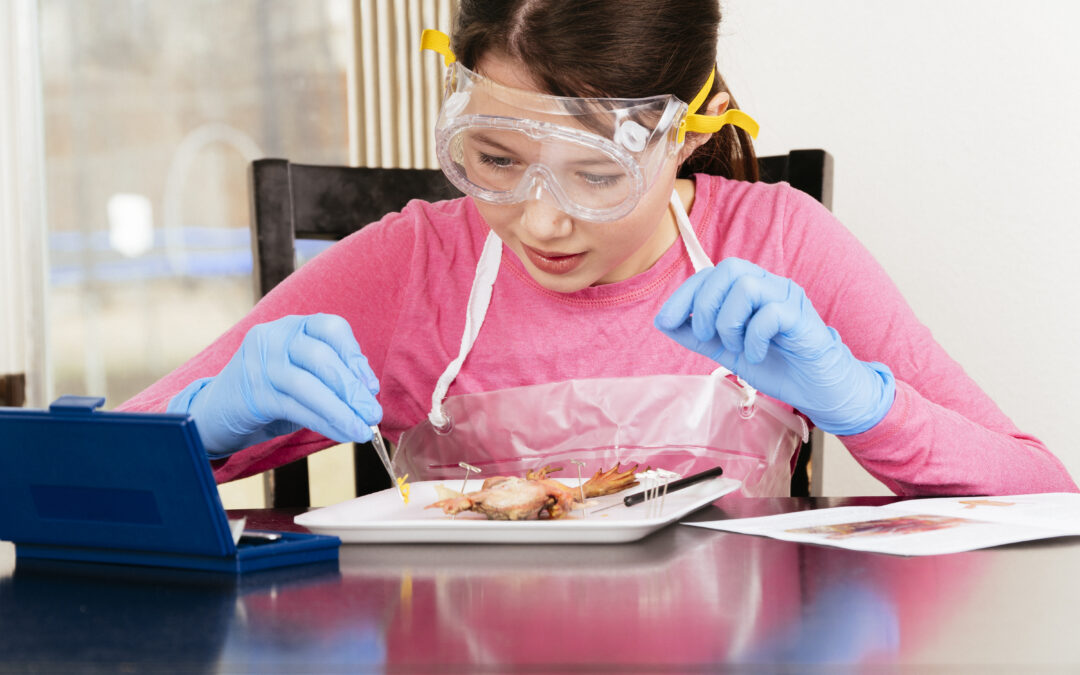A fossil is the remains of an organism, found in the earth’s strata, thought to be from many years ago.
Fossils are often formed by catastrophes like earthquakes and mudslides. These animals or plants are rapidly buried in layers of mud, ice, or dirt, which ends up preserving them.
Without a covering, the organisms would decay rapidly from scavengers, bacteria, and exposure (e.g., sunshine).
The hard parts of the animals (such as their bones, teeth, and shells) are eventually replaced with minerals from the mud, which turn them into rock. The soft parts of the specimen, such as the scales of a fish or the leaves of a plant, sometimes leave a colored imprint in rock before they eventually decay. Trees or other organic matter that are covered with silica-rich water become petrified—they turn into solid mineral.
A paleontologist is a scientist who studies fossils to find out more about extinct species or about any species that are evident in the fossil record.
Fossils are most commonly found in limestone, shale, and sandstone, all relatively soft rock that erodes more easily than most rocks do. As the rock gradually wears away, the fossil layers within it are exposed. One enjoyable way of demonstrating how fossils are made is to make fossil ‘casts’ or prints out of plaster.
- Start with a clean tuna can or styrofoam bowl and fill it to a depth of about 1′ with modeling clay. Then press a plastic animal, rock, or other object halfway into the clay. Remove the object, leaving a clean imprint in the clay.
- Next, mix 1/4 to 1/2 cup plaster of paris with water until the consistency is similar to pancake batter. Pour the plaster into the can over the clay, filling the imprint and covering the bottom of the can to a depth of about 1′. Let the plaster dry for at least 24 hours before removing it from the can. Separate any remaining clay from the plaster and you have a ‘fossil’ of the object.





